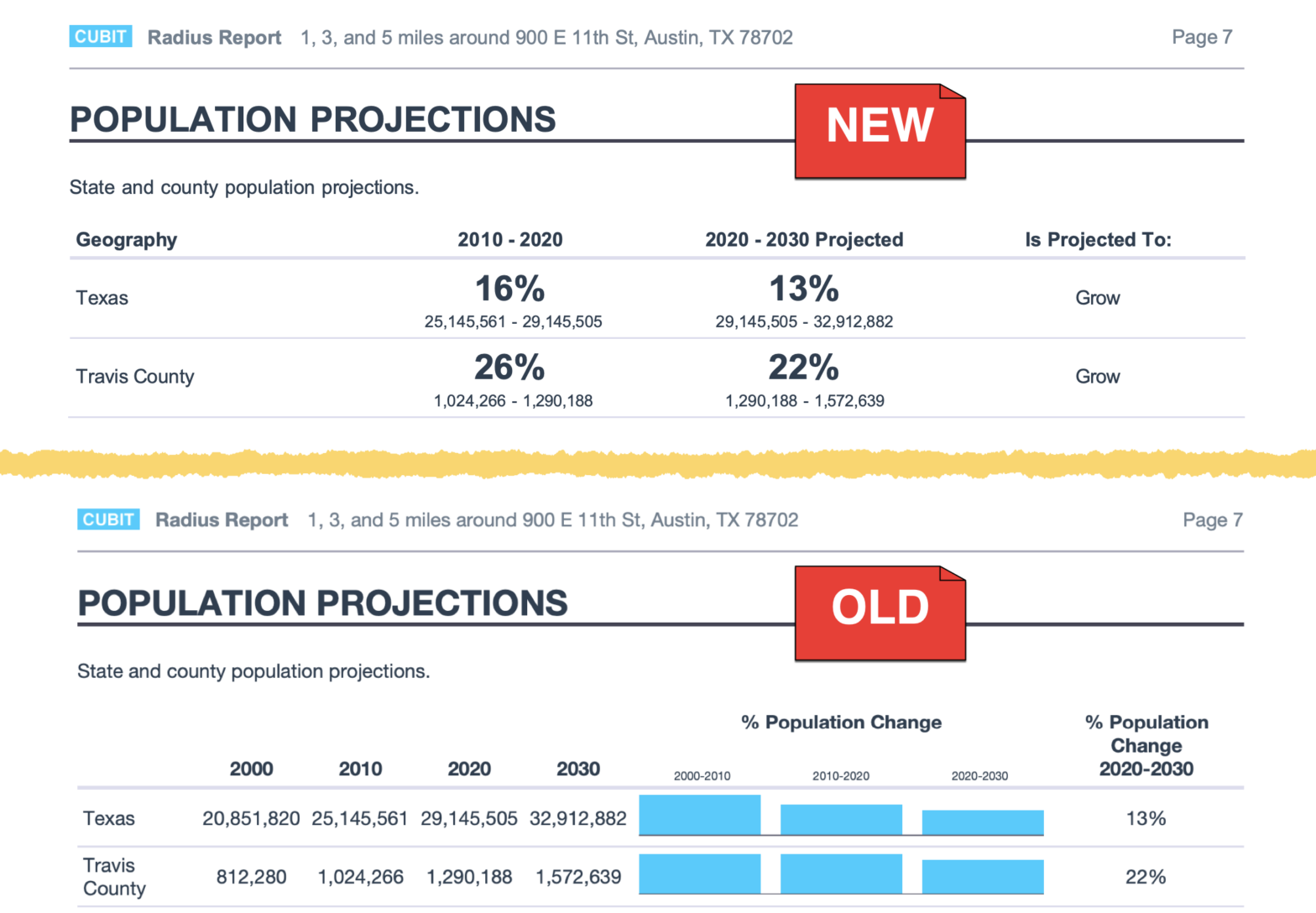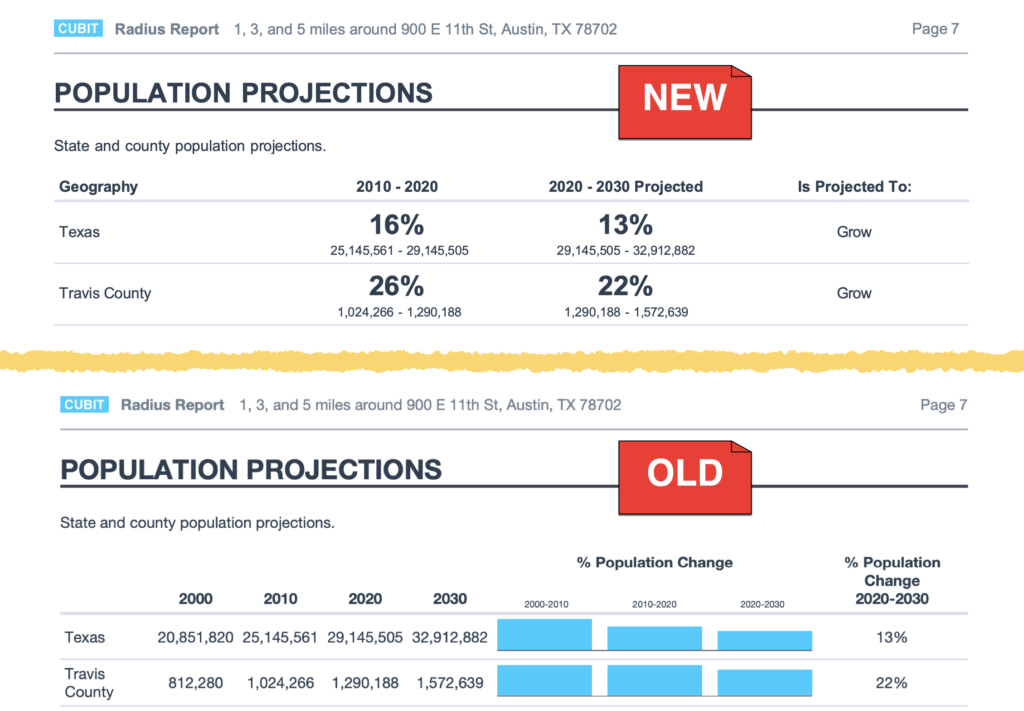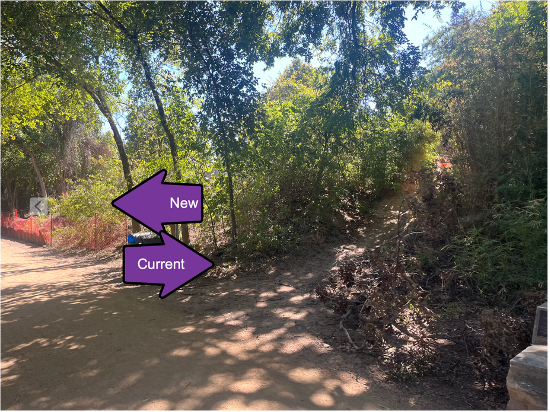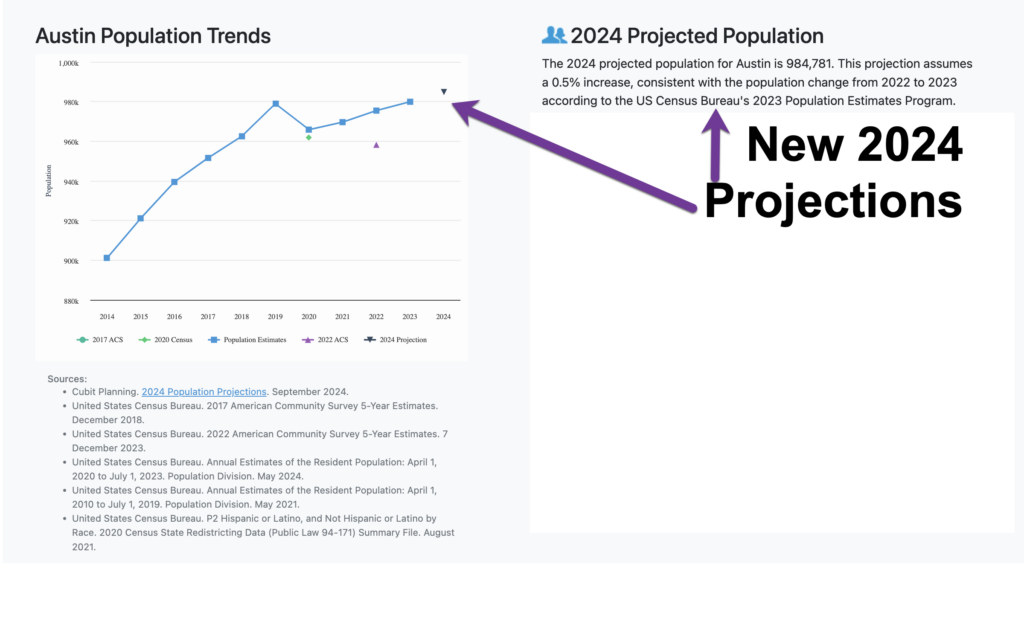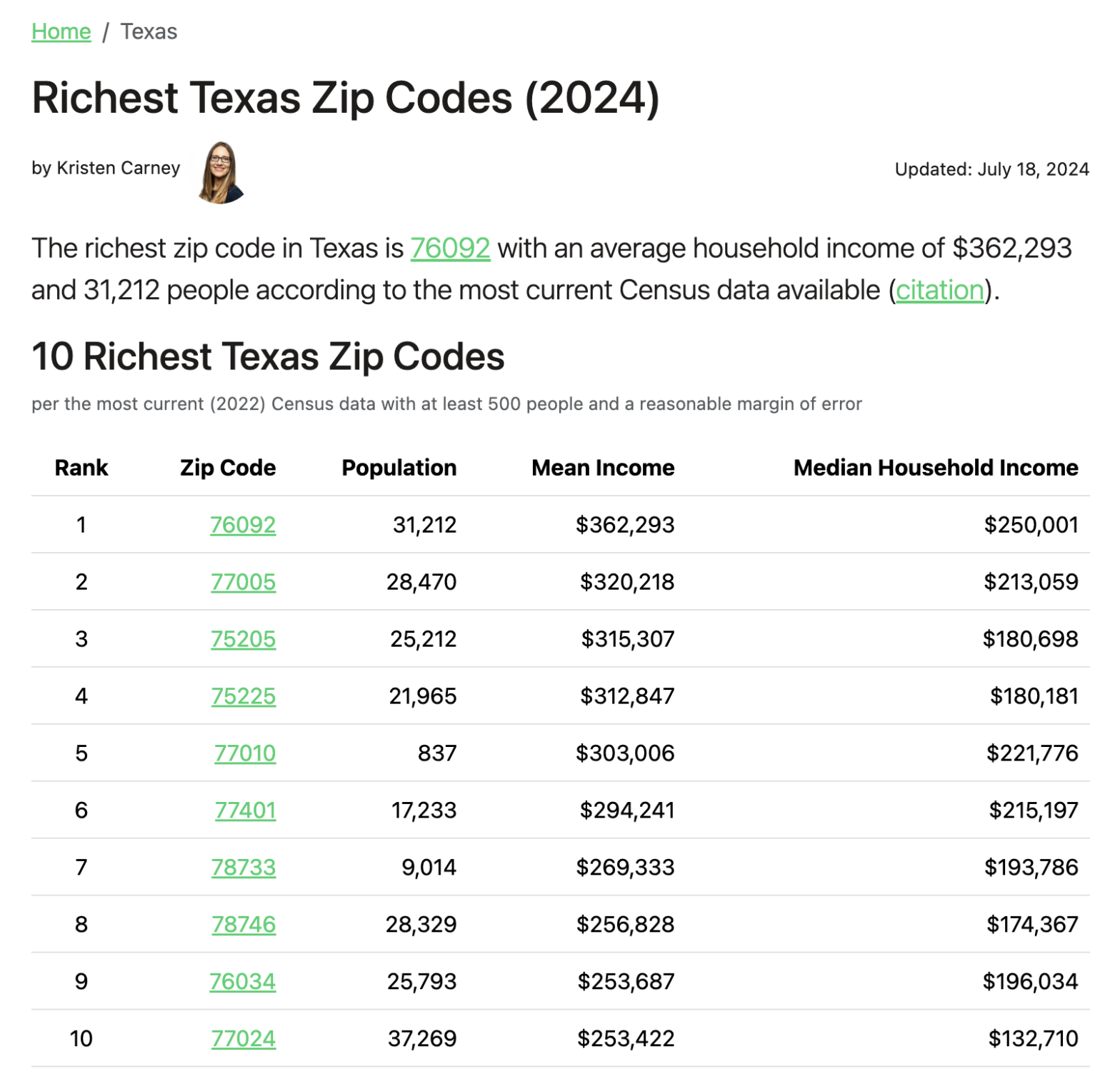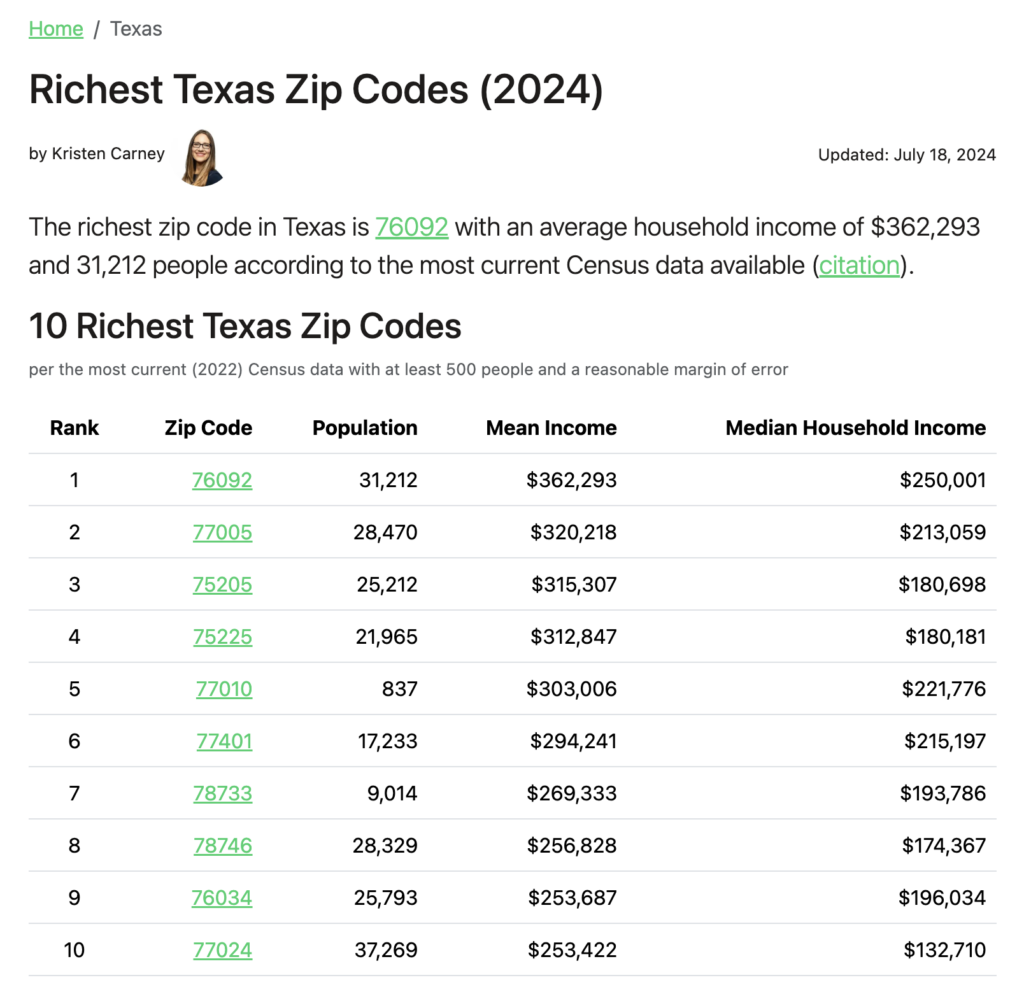My 6-year-old son and I are reading the Sideways Stories from Wayside School series, and there’s a poem in the book that goes:
My favorite color is pink.
John is a ratfink!
My son laughed so hard at this poem that he could hardly breathe, which reminded me of how much my brother and I loved it (and calling each other “ratfinks”) over 30 years ago.
Some things never change.
The Comfort of What Doesn’t Change
After this year of massive AI shifts—some already here and others on the horizon—I’m comforted by things that don’t change. Morgan Housel’s book Same as Ever echoes this sentiment by exploring how patterns in human behavior, emotions, and decision-making remain consistent, shaping predictable outcomes in an unpredictable world.
Jeff Bezos suggests that businesses should focus on what won’t change. He once said:
“I almost never get the question: ‘What’s not going to change in the next 10 years?’ …You can build a business strategy around the things that are stable in time. … In our retail business, we know that customers want low prices, and I know that’s going to be true 10 years from now. They want fast delivery; they want vast selection.”
What Won’t Change for My Clients
So, what three things are going to stay the same for your customers?
The 3 things that will always stay the same for my clients (which, if this includes you—thank you!) are:
- You want data as quickly as possible.
- You want data you can trust.
- You want the most current data available.
Fresh Data Is Coming Soon
Speaking of current data, the U.S. Census Bureau is releasing their 2023 demographics on December 12th. We’ll be as busy as elves processing it and plan to have the new data available for purchase or download before our long winter nap from December 23rd to January 3rd.
Keep an eye out—I’ll email you as soon as it’s ready!
What’s Your Take?
If you have questions about the 2023 data—or if you want to share what’s never going to change for your customers—just hit Reply. I love reading your responses.
